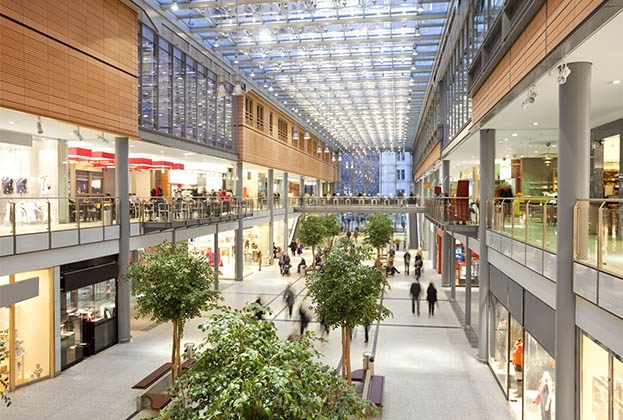$9.21 billion of retail assets transact in 2018, second strongest year on record
27 February 2019
A whopping $9.21 billion of retail assets was transacted in 2018, despite mounting media noise surrounding retail trading pressure, according to the latest research from Savills Research.
The agency’s Q4 2018 National Retail Quarter Time research report highlights the sales volume as the second highest on record, reflecting strong ongoing investor confidence in the sector.
National Head of Retail Investments, Ben Parkinson, said transactions on the east coast accounted for more than 90 percent of total sales of retail property, while sub-regional and regional centres accounted for almost half of total investment by value.
“We are seeing the ongoing trend of higher-than-average transaction volumes across the sector, as owners seek to reposition their portfolios and recycle capital,” he said.
Savills research recorded foreign investors accounting for just under 15 percent of total sales volumes in 2018, compared to 22 percent in the year prior, reflecting more normalised levels when compared to historic data, in part attributed to the tighter capital outflow controls from mainland China.
“Competition to acquire non-discretionary neighbourhood centres and freestanding supermarkets was very strong in 2018, and is expected to remain so looking forward,” Mr Parkinson said.
“Although total retail turnover growth has been subdued in large part due to declining and flat performance of department stores and discount department stores in the past 12 months, non-discretionary spending has grown with food retailing, accounting for circa 54 percent of total retail turnover.
“Given continuing population growth metrics, this is expected to remain the case going forward.”
Savills Director for Research & Consultancy, Shrabastee Mallik, maintains a positive outlook for the retail sector in 2019.
“When we look at indicators like company profits and labour market metrics, we are seeing a revitalisation occurring,” she said.
“The unemployment rate fell to 5.0 percent (in trend terms) in December, the lowest it has been since 2011.
“Most positively, this drop was as a result of employment growing faster than the size of the labour force, which provides us with additional positive signs that we will see wages growth rising above the inflation rate this year.
“Wages growth in 2018 was marginally higher than in 2017.”
Ms Mallik went on to say the recovery was likely to spur activity in discretionary spending, which had been subdued throughout the past 24 months.
“Retail spending is forecast between 2.5 percent and 3.0 percent through the course of 2019, albeit skewed to less discretionary retail spending,” she said.
She said that while he recent residential housing boom had boosted expenditure on household goods and hardware and garden items, there had been a notable slowing effect on these sectors. The residential market cooled throughout the year but was expected to accelerate into 2020 and 2021.
“Although consumers have curbed their spending on discretionary products in the past two years, forward-looking indicators bode well for the retail sector this year, with stronger growth in net disposable income likely to spur consumer spending,” Ms Mallik said.
“In a continuing trend, café and restaurant retailing performed well above long-term averages.”
Ms Mallik acknowledged that one of the major concerns for the retail sector in Australia had been the rise of e-commerce retailing, and the flow-on implications to the retail sector, but she discounted the magnitude of the effects online retailing would have on traditional retail centres.
“In Australia, online retail turnover only accounted for 6.6 percent of total retail turnover, as at November 2018,” she said.
“What many people see are statistics that talk about the growth in online retailing and foot traffic on online retail websites compared to foot traffic at physical retail stores – and while this remains true, the growth in online retailing is off a much lower base.
“There is also a trend that many people are not looking at, which is the growing number of online retailers that are evolving physical store networks as they expand their operations, with more than 40 percent of online retail spending now taking place via omni-channel, including a store visit.
“Once these start-ups become successful on the internet, they look for funding or channel existing funds into opening up a shopfront or warehouse space.”

